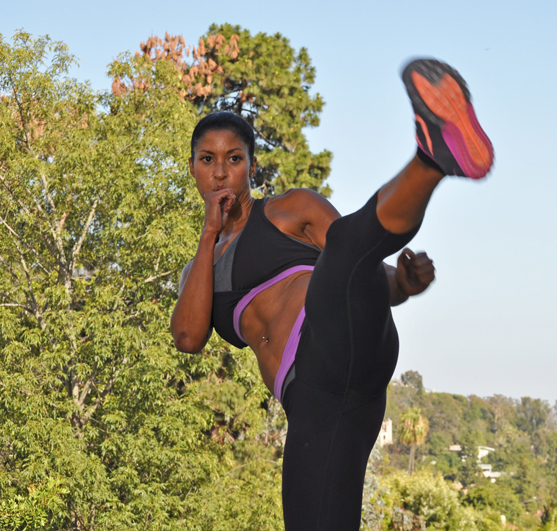
Bored of your cardio workouts? Want to rev up your exercise routine and build a better body? Then it’s time to try HIIT! A few minutes of high intensity training are way more effective than hours of steady state cardio. However, each training method has its own benefits. It all comes down to your goals.
HIIT vs. Cardio: What’s the Best Choice?
Thousands of studies show that high intensity interval training (HIIT) burns the most calories in the shortest amount of time. This training method elevates heart rate, depletes your glycogen stores, and elevates metabolism. It also improves cardiorespiratory fitness and keeps your bones strong. Compared to traditional cardio, it’s less time consuming and doesn’t “burn” muscle tissue.
HIIT may seem a perfect choice for those trying to lose weight. However, not everyone has this goal. According to experts, any form of endurance training, whether it’s HIIT or cardio, improves health markers, such as cardiovascular fitness and insulin sensitivity. The benefits are even greater for sedentary individuals. A recent study has found that 30 minutes of interval training produced the same results as 150 minutes of moderate cardio for people who were just starting an exercise routine.
Can HIIT Replace Cardio Training?
High intensity interval training has been shown to increase lactate threshold and VO2 max, which is particularly beneficial for athletes. The downside is that it puts a lot of stress on the body, making it harder to recover from exercise. Without proper nutrition and rest, it may lead to fatigue, depression, sleep disorders, and overtraining.
Moderate aerobic training, on the other hand, is less stressful for your body and can help you recover faster from HIIT. Health experts recommend 15 to 20 minutes of high intensity training followed by cardio. This approach can help you lose and maintain your weight, improve overall fitness, and increase your balance and mobility. At the end of the day, it seems that HIIT and cardio go hand in hand.
Try one of our HIIT routines:

